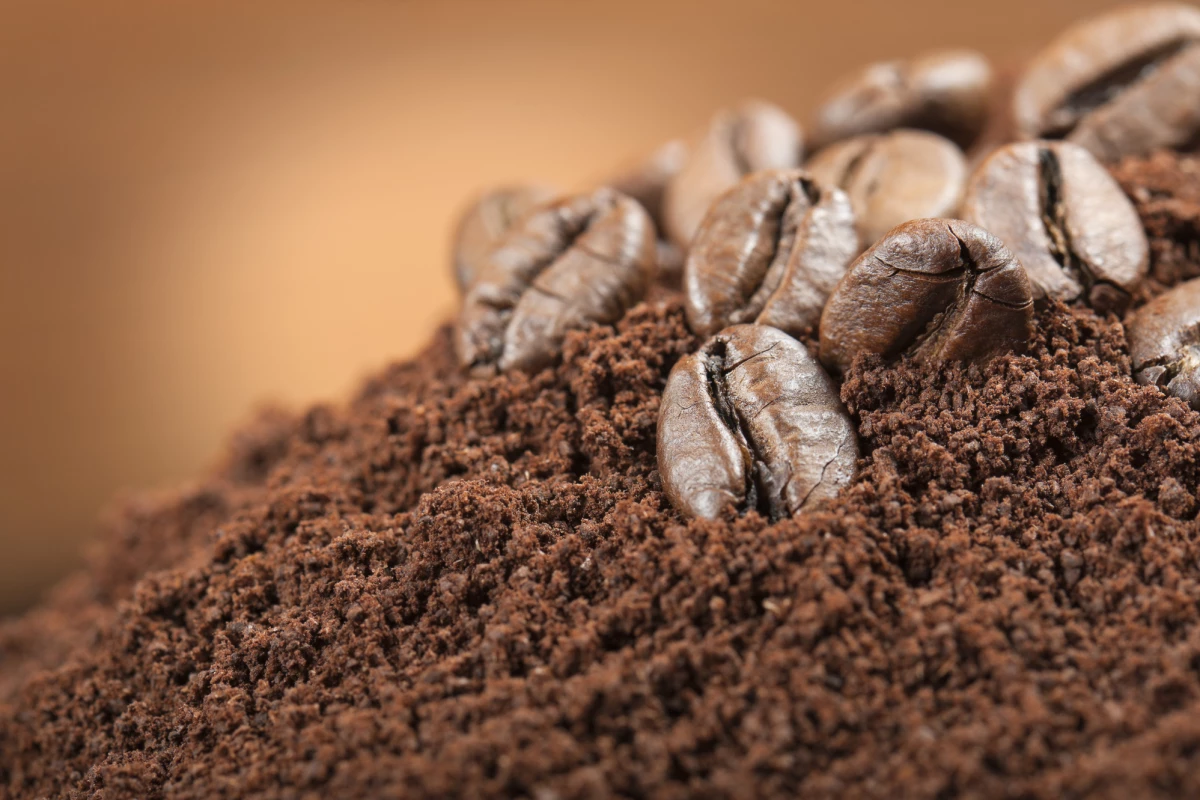Researchers have found that concrete can be made 30% stronger by replacing a percentage of sand with spent coffee grounds, an organic waste product produced in huge amounts that usually ends up in landfill. The method also reduces the use of natural resources like sand, further contributing to a greener circular economy approach to construction.
It’s estimated that, worldwide, the total amount of spent coffee grounds (SCG) produced annually is 60 million tons (54 million tonnes), making it the most abundant waste generated in coffee preparation. Traditionally, most of those coffee grounds end up in landfill.
Now, researchers from RMIT University have found a practical, first-of-its-kind use for this particular kind of waste: incorporating it into concrete.
“The inspiration for our work was to find an innovative way of using the large amounts of coffee waste in construction projects rather than going to landfills – to give coffee a ‘double shot’ at life,” said Rajeev Roychand, the study’s lead author.
Due to their fine particle size, SCG have been proposed as a useful component in civil and construction applications. So, the researchers decided to put this to the test. They first collected SCG from various cafés around Melbourne, Australia, and dried them to remove moisture. Then the dried organic material was heated at two different temperatures – either 350 °C (662 °F) or 500 °C (932 °F) – using a low-energy, oxygen-free process called pyrolysis to create biochar.
Twelve mix designs were used to compare the effects of SCG in the form of untreated SCG, 350-degree-heated SCG and 500-degree-heated SCG, on the mechanical and microstructural behavior of concrete. The different SCGs were incorporated into ordinary Portland cement at 0%, 5%, 10%, 15% and 20% volume as a replacement for fine aggregate. Here, the fine aggregate used was natural sand.
Fresh concrete was poured into molds and vibrated to remove air pockets. It was then cured at room temperature for 24 hours, demolded and cured in a water tank until it was tested for compressive strength and analyzed using X-ray diffraction (XRD) and scanning electron microscopy (SEM). Compressive strength is the maximum compressive stress a solid material can sustain without fracturing.
The researchers found that, of all the concrete composites they tested, the one that replaced 15% of sand with SCG pyrolyzed at 350 °C (662 °F) led to a significant improvement in its material properties, resulting in a 29.3% enhancement in compressive strength.
While the research is still in its early stages, the researchers say the results are promising and, given the ubiquity of coffee, could potentially be used in construction around the world.
“The concrete industry has the potential to contribute significantly to increasing the recycling of organic waste such as used coffee,” said co-lead author Shannon Kilmartin-Lynch. “Our research is in the early stages, but these exciting findings offer an innovative way to greatly reduce the amount of organic waste that goes to landfill.”
In addition to saving space in landfills, the concrete production technique also addresses another environmental issue: the preservation of finite natural resources. We extract roughly 40 to 50 billion tons of sand and gravel each year for use in construction.
“The ongoing extraction of natural sand around the world – typically taken from river beds and banks – to meet the rapidly growing demands of the construction industry has a big impact on the environment,” said Jie Li, co-corresponding author of the study. “With a circular-economy approach, we could keep organic waste out of landfill and also better preserve our natural resources like sand.”
The researchers plan to carry out long-term mechanical and durability tests on the 350-degree-heated coffee biochar for its potential applications in the construction industry, and further explore the effect of using different pyrolyzing temperatures on the material’s performance.
The study was published in the Journal of Cleaner Production.
Source: RMIT University





